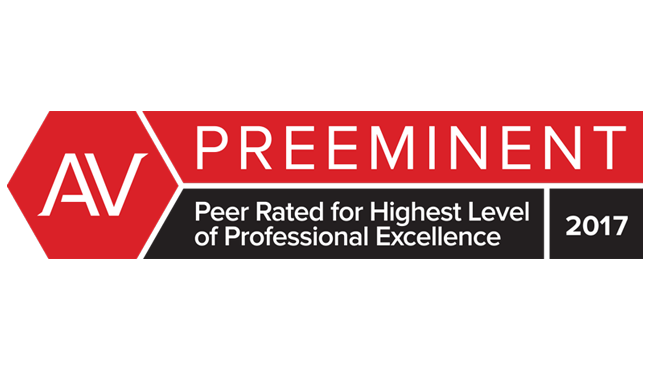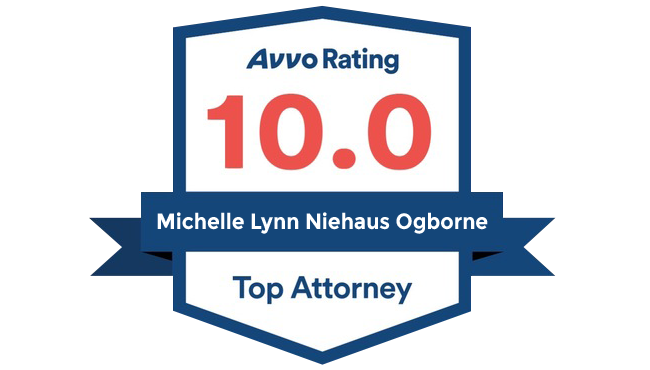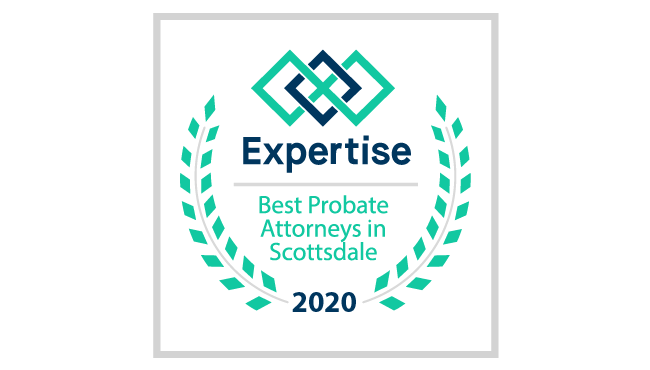Fund Your Living Trust
Discover the appropriate way of funding your trust so that it will achieve your goals, and what assets you shouldn’t transfer to the trust.
Signing your living trust isn’t the conclusion of the estate planning approach. You also are required to fund the trust. Knowledge of how to fund a living trust is important for the trust to achieve its goals.
Funding the trust includes transferring property to your trust. An asset that isn’t transferred to the trust is not going to be owned by the trust and could be subjected to probate (unless you’ve used a different method of avoiding probate). Generally, if there isn’t living trust fund, there’s no living trust. How funding a trust differs depending upon the kind of the property. You could transfer ownership, or, in sometimes, name the trust as a beneficiary after your death.
-
Transferring real estate
The transfer of real property to a trust requires a deed, many time a quit claim deed.
The deed should be executed as expected by law in the state where your property is situated, with the witnesses present, notary stipulation, recording with the proper agency, etc. You may be required to file a copy of the trust document, or a rundown of the trust known as a certificate of trust. This rundown is preferable due to fact it is most likely one or two pages long and avoids having the details of the trust document on public record.
If your property is responsible for a mortgage, or a home owners association, you may be required to get the authorization of the lender and the association.
Forewarning: A real property transfer commonly results in transfer taxes and other expenses. Some states dispense the transfer to a living trust, some charge a minimum expense, and others assess it as a sale at full-market value and determine the full taxes and expenses. For a personal residence, many states offer a homestead exemption (causing lower annual property taxes), and some put limitations on the annual amount of property tax growth. You are going to want to be certain that a transfer isn’t going to incur significant expenses or strip such homestead or tax increase safeguarding.
-
Titled personal property transfers
When personal property has titled documentation (cars, trucks, ATVs, motorcycles, RVs, snow mobiles, airplanes), it will be required to get a new title confirming the living trust as owner. In a lot of states, you can appoint your trust as beneficiary on a motor vehicle title, which retains the vehicle in your name, but without exception transfers it to the trust following death.
Forewarning: Ascertain if transferring ownership will result in sizable taxes or expenses. If the vehicle is contingent on a lien, get the authorization of your lender. Question your insurer if a transfer will have an effect on your premiums.
-
Fund untitled personal property
Personal property devoid of title documentation (furnishings, literature, jewelry, tools, paintings, etc.), can be transferred via an assignment of ownership document, in which is required to be signed and dated.
It is essential to adequately describe these properties, so it is clear about its identity.
-
Bank accounts transfer
Your bank can describe how savings, checking, and interest-bearing accounts can be titled through your trust. It may necessitate closing the account and opening a whole new account in the name of your trust.
If you wish to achieve this via a certificate of deposit (CD), be sure your bank will not think of this as an advanced withdrawal and warrant penalties. You can wait for your CD to develop, then open a whole new CD for your trust.
-
Fund securities
Your brokerage firm can instruct you on how to retitle a broker account or get stocks and bonds certificates re-issued (a challenging process). An unqualified annuity could potentially be retitled, or the trust can be appointed as beneficiary.
Forewarning: For brokerage accounts in which are qualified retirement accounts, refer to the below section on Retirement Accounts.
-
Business interests transfers
Interests in LLCs and partnerships and shares in an organization, could be retitled in the name of the trust. Examine your LLC operating agreement, partnership agreement, or certificate of incorporation, for transferring limits or approaches.
-
Changing life insurance beneficiaries
Your trust can be the titleholder and/or the beneficiary of life insurance policies. Making the trust the owner permits the trustee to govern the policy in the event you turn mentally debilitate, for instance borrowing from the policy to get funds for caring for you.
Forewarning: In a good deal of states, the monetary value of a policy is released from creditors, but only when it is owned by the person. Safety from creditors could be lost should ownership be transferred. As an alternative, you could use your power of attorney to allow someone to administer the policy.
-
Patents, royalties, copyrights, and trademarks
The person that pays the royalties can tell you what is necessary to transfer the interest to the trust. Get a hold the US Patent and Trademark Office for patents and trademarks, and the US Copyright Office for copyrights.
-
Gas, oil, and minerals rights
The kind of these rights deviates. Should the rights be part of property you are owner of, you can utilize a deed. Should you own rights in property you are not owner of, or have a lease or royalty contract, an assignment of rights document is going to be necessary. Contact the person that pays you to find out what will be necessary to make the change. The contract might need to be documented. This is a convoluted area, so you may want to seek advice from an attorney.
-
Accounts receivable
Assignment of rights agreement—a legal document modifying who has the right to debts – can make your trust the collector of payments received on loans you’ve made to anyone (for instance, an un-secured personal loan or loans secured by mortgages).
-
Naming the trust as a beneficiary
Many assets cannot be transferred to a trust, but you could name the trust the beneficiary following your death. Those assets encompass:
- Retirement accounts. Do not re-title any qualified retirement accounts, for example, IRAs, 403(b)s, 401(k)s, or qualified annuities, in addition to those in brokerage accounts. This will be thought of as a withdrawal of funding, subject to income tax and potentially penalties. As an alternative, switch your beneficiary designations. Regardless of if your trust needs to be the primary or secondary beneficiary will depend on your scenario and tax laws.
- Medical savings account(s) and health savings account(s). Your trust must be designated as the primary or the secondary beneficiary (for instance qualified retirement accounts).
By placing your assets in the living trust, you’re placing them in the legal protection of this impactful estate planning instrument. Following the trust being funded, the assets placed in it will be guarded from probate in many cases and give your family peace of mind.
Source:
-
Edward A. Haman, E. (2023, March 10). 11 steps to fund your living trust. LegalZoom. Retrieved March 22, 2023, from https://www.legalzoom.com/articles/11-steps-to-fund-your-living-trust
Attorney Arizona
There’s nothing better than the peace of mind you will have knowing you’ve protected your family at a time when they need it most. Let us help. Schedule a consultation or contact Ogborne Law, PLC of Arizona today.
You’ve worked hard for your life, and you need to protect it. You owe it to your family and your legacy to take care of planning now. Contact Ogborne Law to schedule your estate-planning session.
Engaging with an attorney to protect your family is never an easy step. Whether you need to protect your family from the unthinkable or restructure your family through collaborative divorce, we’re here to help. When you’re ready to schedule a consultation with Michelle Ogborne, please visit the scheduling page to get started.







